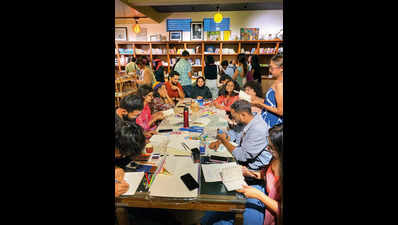Now, connect over stories with zines | Bengaluru News

In 2020, during the COVID lockdown, Ano Patel doom-scrolled #zines online, after first stumbling upon it the year before. “I was fascinated by the variety of subjects and the vibrancy of artwork. I even ordered a lot of zines online. In 2021, I published my first zine, in collaboration with women around the world,” she tells us.
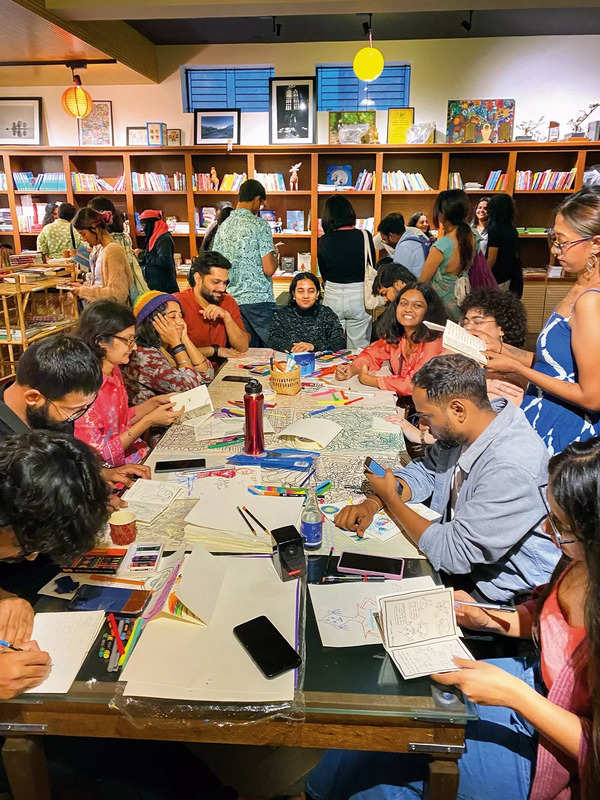
‘Zines are a way of storytelling’
Zines are a small but powerful tool to share your story. “We are all sharing stories, be it with our friends, family or even a coffee with our colleagues Storytelling is something we do daily. Zones just make these stories permanent,” shares Ano. Adds Preston Olakatu, a writer and illustrator, “Zines started as a way of expressing and communicating amongst sci-fi nerds of the ’60s and ’70s. But later zines were used during the feminist movement and the queer liberation movement around the world. This helped people tell stories and to get the message out there and connect with like-minded people.”
The main thing that sets zines apart is that it’s self-published and it’s very DIY. Because you can just make a zine at home, I think people
are interested in figuring out how to do it – Preston Olakatu, a writer and illustrator
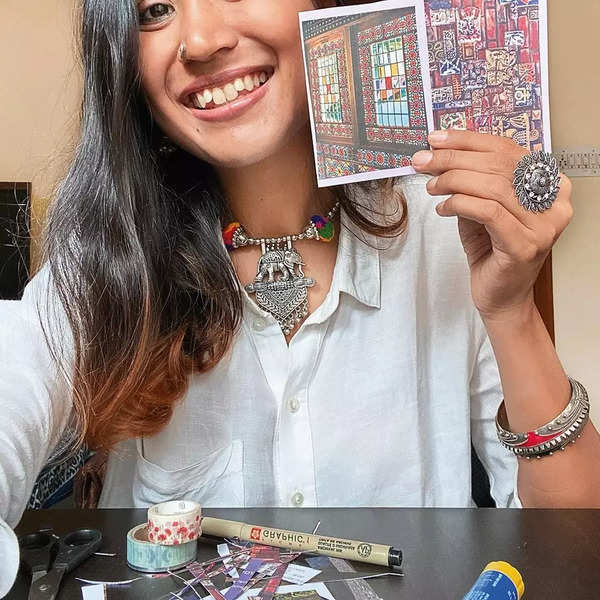
How to make your very first zine?
Finalise a theme for your zine. It can be anything under the sun. Decide on the size and layout of the zine. You can keep it as big or as small as you’d like. Curate your content by including everything you need, be it pictures, text or poems. Make your layout look visually appealing by adding elements to your zine
Did you know?
Zines can be first traced back to the 1930s, but they became particularly popular in the 1970s and 1980s as fanzines, especially in punk and alternative communities.
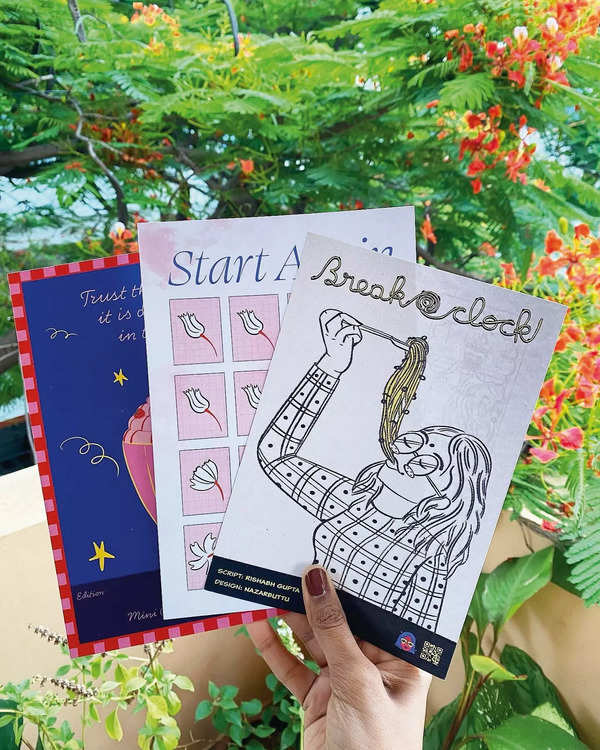
Some popular categories of zines include: Personal zines, Fanzines, Art zines, Literary zines, Political zines, Music zines, Perzines, and Travel zines
The zine community is pretty welcoming to new artists and makers. Plus there are zines of all kinds – art, photography, poetry, satire, illustrations, reflective and so
many more – Soundarya Gottapu, illustrator
What is a zine?
“A zine – pronounced zeen – is a very quick read, simply put. The topic could be anything – food, fashion, music – the possibilities are endless,” Ano tells us.
Because of the ease of the medium, it was less intimidating for me to create a zine. The whole process was fun and liberating which I believe is political in itself
– Snata Bagchi, comics and zine scholar
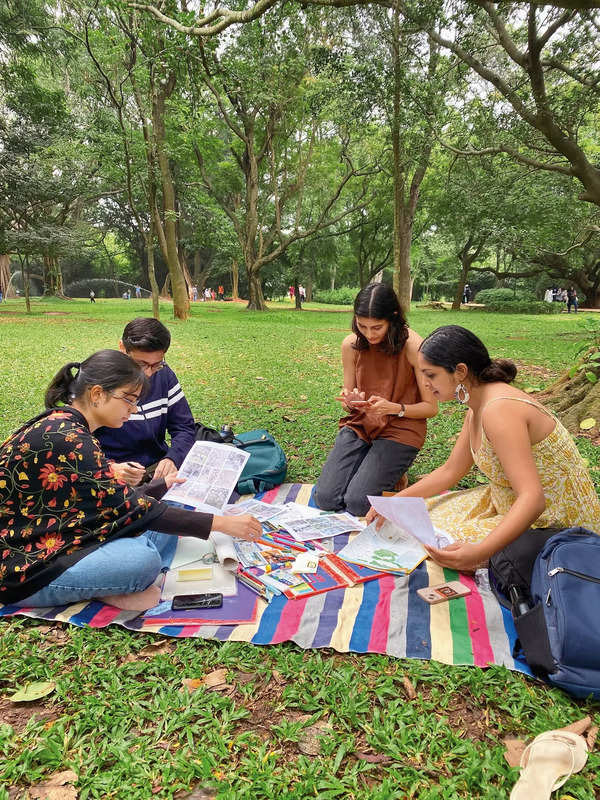
‘Anyone can make zines, there’s no age limit to it’
One could be six years old or 60, they can all make a zine. “The format of the zine is very flexible and accessible for art and writing amateurs. It allows everyone to tell their story in their unique way without stressing about the audience, subscribers or investors,” shares Snata Bagchi, a comics & zine scholar. For Soundarya Gottapu, an illustrator, zines are how she processes her thoughts. “The topics are usually about something going on in my life at the moment or simply a word that fascinates me. In fact, in 2019, I made a zine without knowing it was a “zine”. Didn’t even know how to pronounce the word when I first came across it,” she says.
Zines have the potential to become an everyday read. Most zines that are made are only eight pages and I feel this can get people back into the habit of reading
– Ano Patel, zine artist and founder











